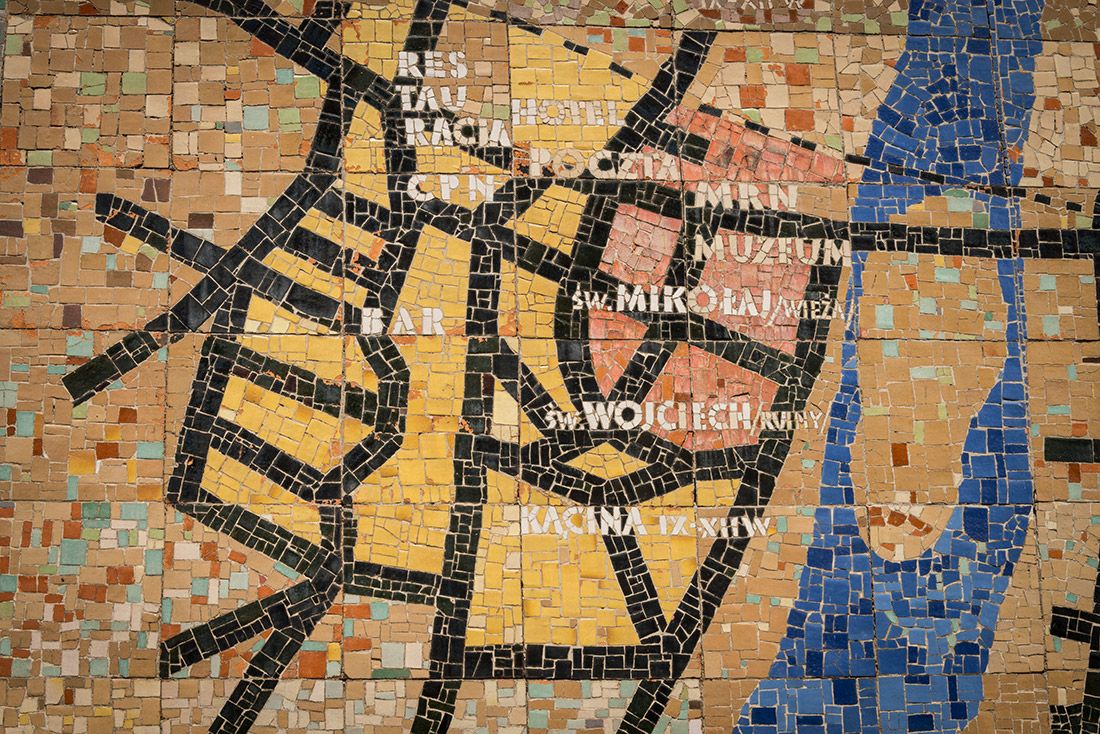
The most valuable area for Wolin history research. This area has been inhabited for over 1100 years and has been under strict restoration protection. It is home for the largest collection of world-famous archaeological monuments, including Światowid figure.
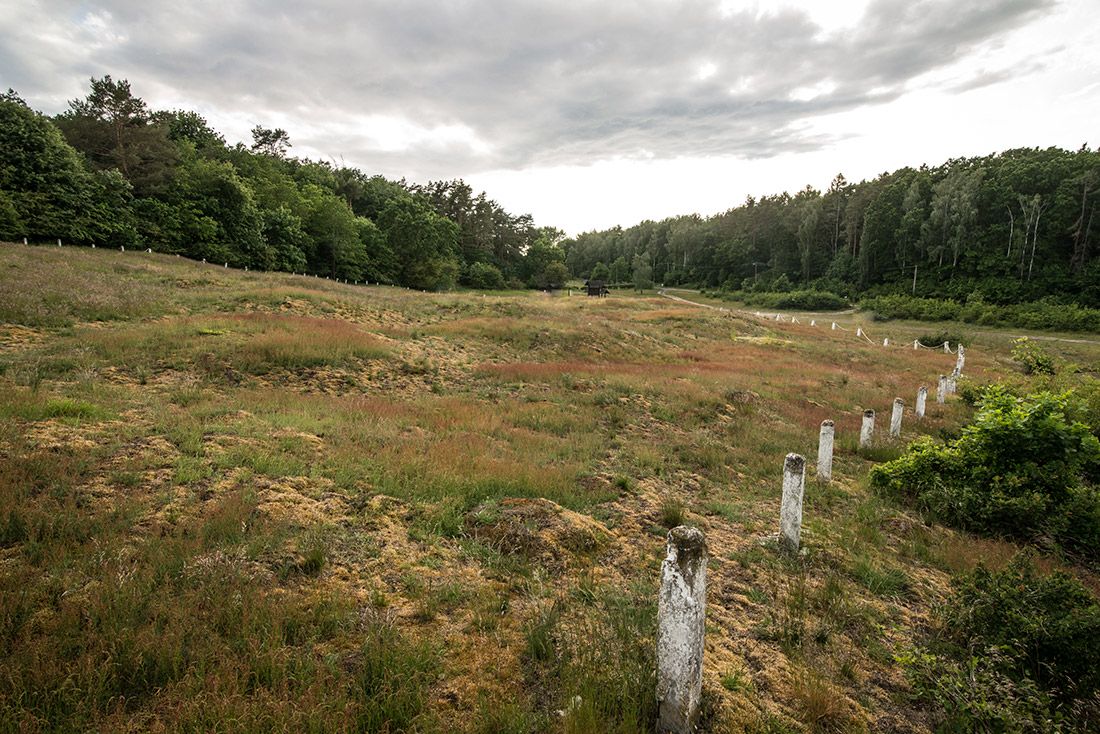
Crematory and skeleton grave field (from 9th-11th century) is one of the most important archaeological work stations in this part of Europe. It was first mentioned in 1827, namely around 120 barrows. In 1892-1893 A. Stubenrauch inventoried 93 graves. Barrows have a round shape with a diameter of 3.5 to 20 m and a height of 0.75 to 2.25 m. There could be found graves of cremated bodies. Barrows used to be piled on the place of burnt corpses or ashes were placed in a cavity dug in the ground. Dead bodies were also placed in the grave, sometimes the body was previously locked in a wooden coffin. Various types of objects were put into the graves, including the horn mouthpiece of a wind instrument, glass beads, hnefatafl dice, clay vessels. Currently there are about 30 barrows preserved, some of which were partially destroyed during World War II.
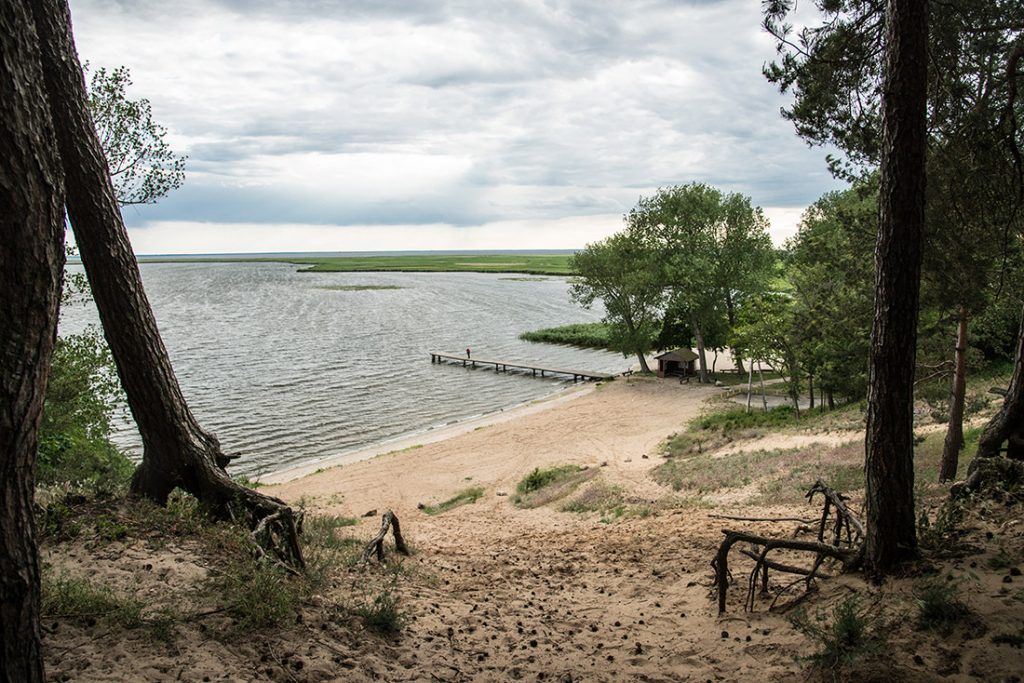
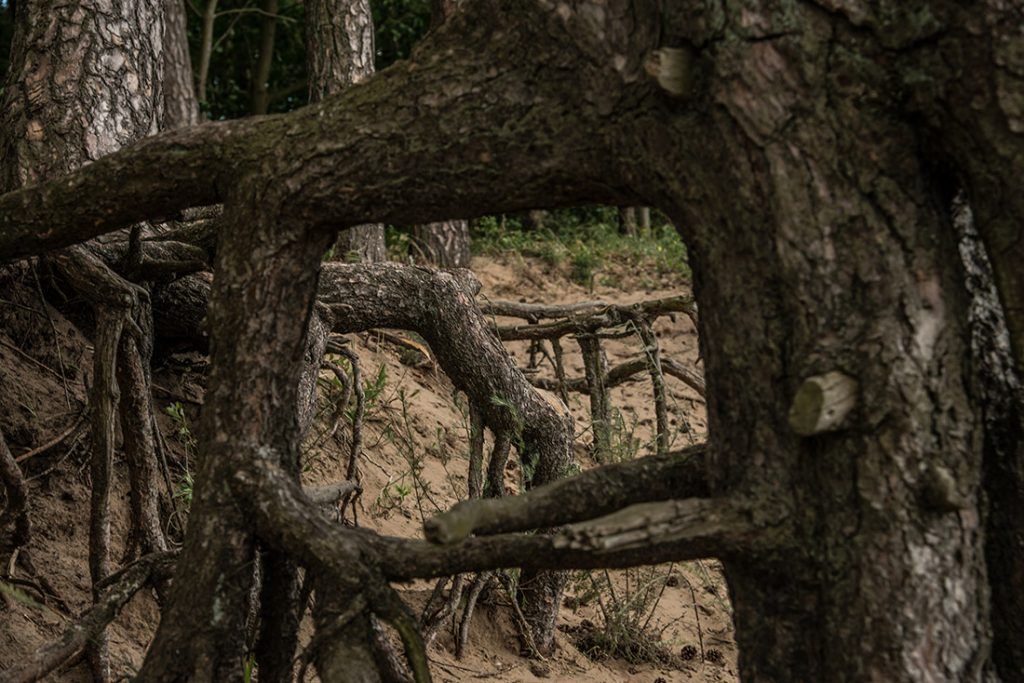
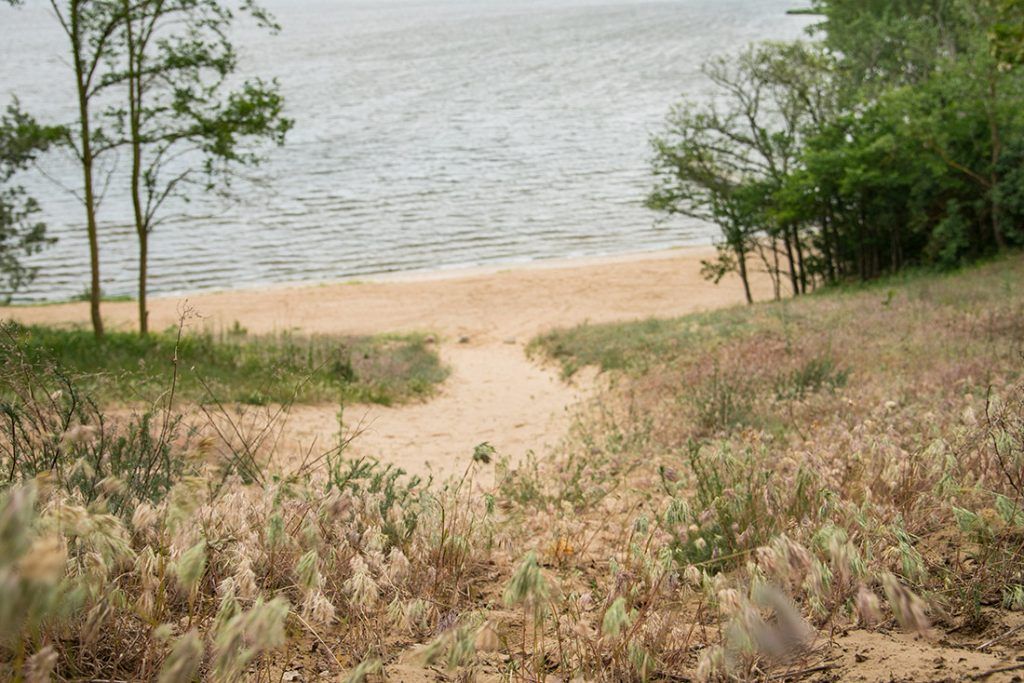
Hangman Hill range is alongside Dziwna, south of Wolin centre. It is subject to strict restoration protection. As many as 4 archaeological sites from the Early Middle Ages were separated: a tumulus grave field (crematory and skeleton), two crematory grave fields (Yamnaya culture), a skeleton grave field and a settlement. Discoveries within Hangman Hill range included also funnelbeaker culture settlement from New Stone Age, as well as three-phase Lusatian culture settlement from the Hallstatt and La Tène period. Name of Hangman Hill (German - Galgenberg) originated in later period and is associated with conducted criminals’ death penalties. In 1959, a tomb containing the remains of a young man with his head cut off and his hands tied was discovered. Between the legs of the deceased there was a trace in the sand of a thick pole, which protruded above the grave and was probably used to stick the cut off head. This restored burial can be found in A. Kaube Regional Museum in Wolin.
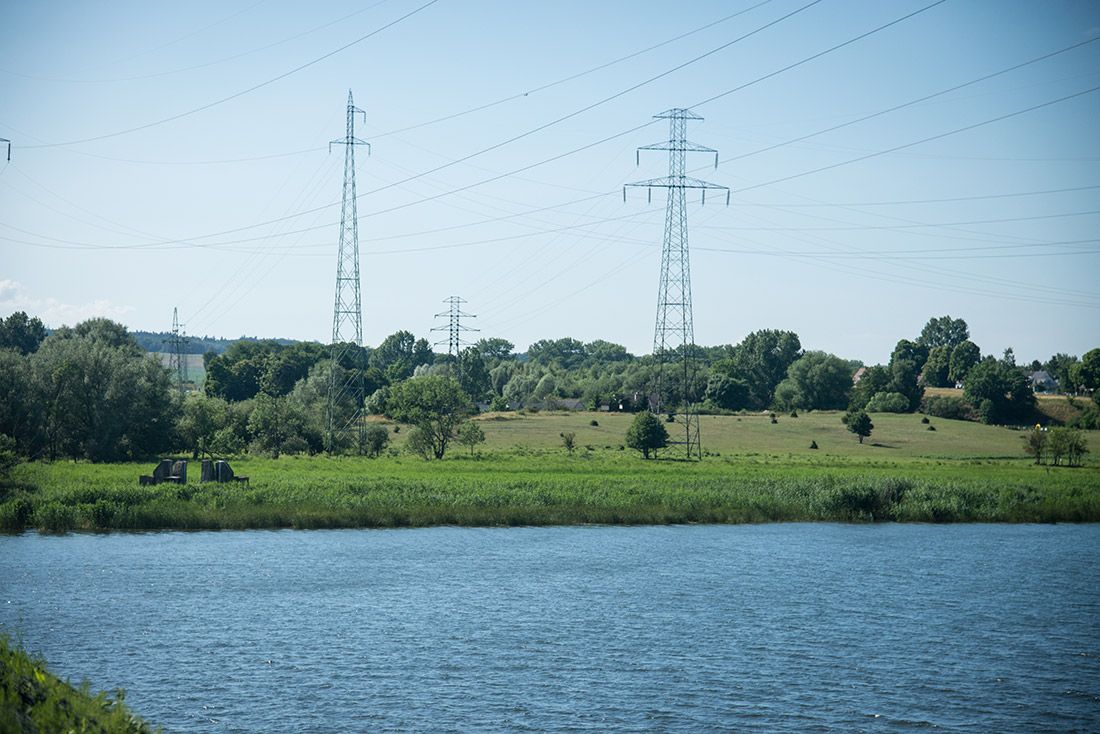
Name of this place could be found in written sources in 14th century and it stems from numerous coin and jewellery treasures found here. Site includes a small elevation and it is the most intensively studied area in Wolin. As early as in the 19th century, the first archaeological reconnaissance was conducted and in the 1930s and 1960s extensive excavation works took place. Area has been in use since around 850 AD. Settlement was focused in the eastern and southern part of the hill. From the very beginning, craftsmen's workshops and a market square functioned here. In late 9th century fortifications were built and they were rebuilt five times, until the mid-11th century. According to written sources, there was already an inn and a monastery on Silver Hill, which has not been discovered so far.

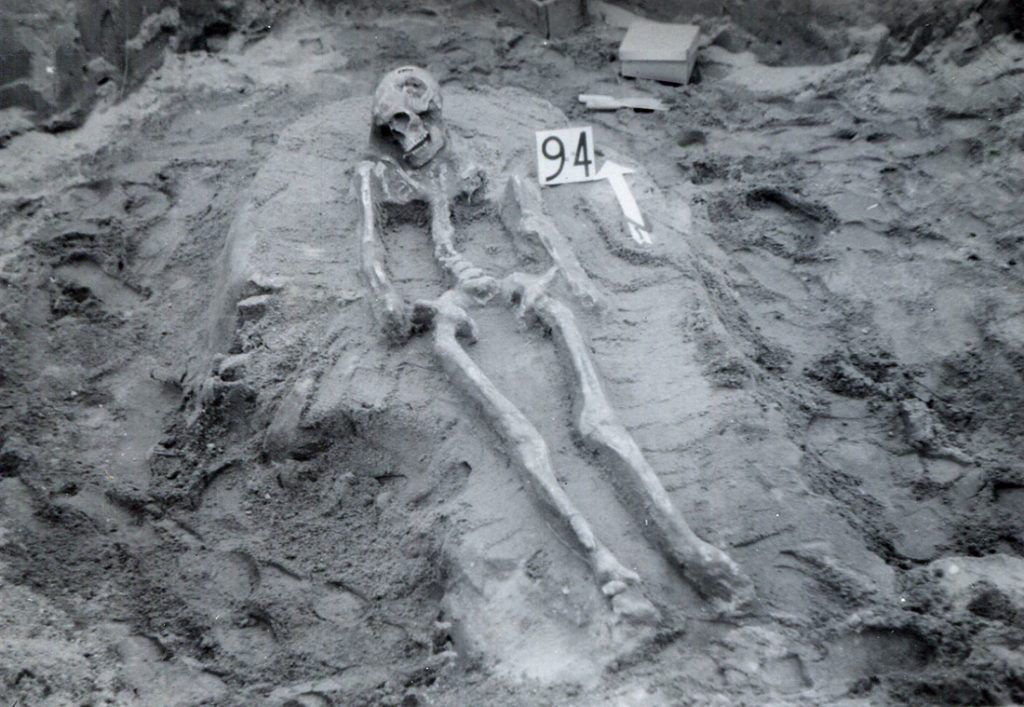
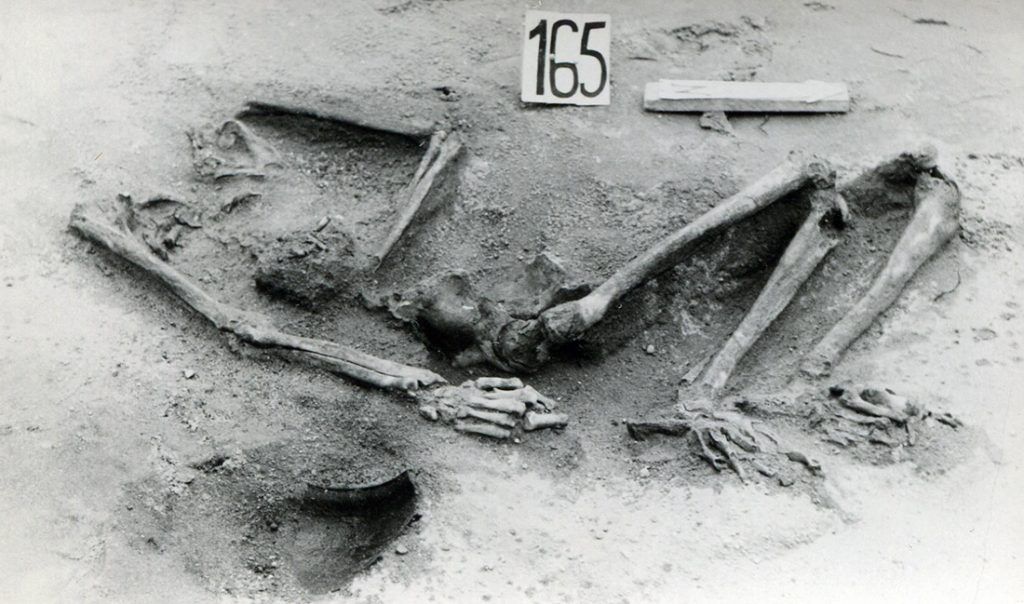
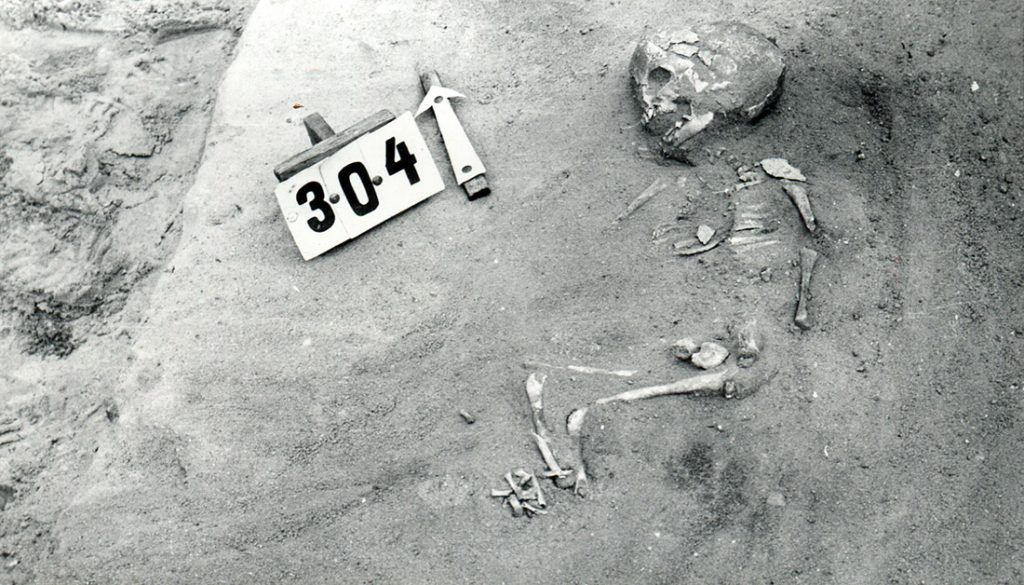
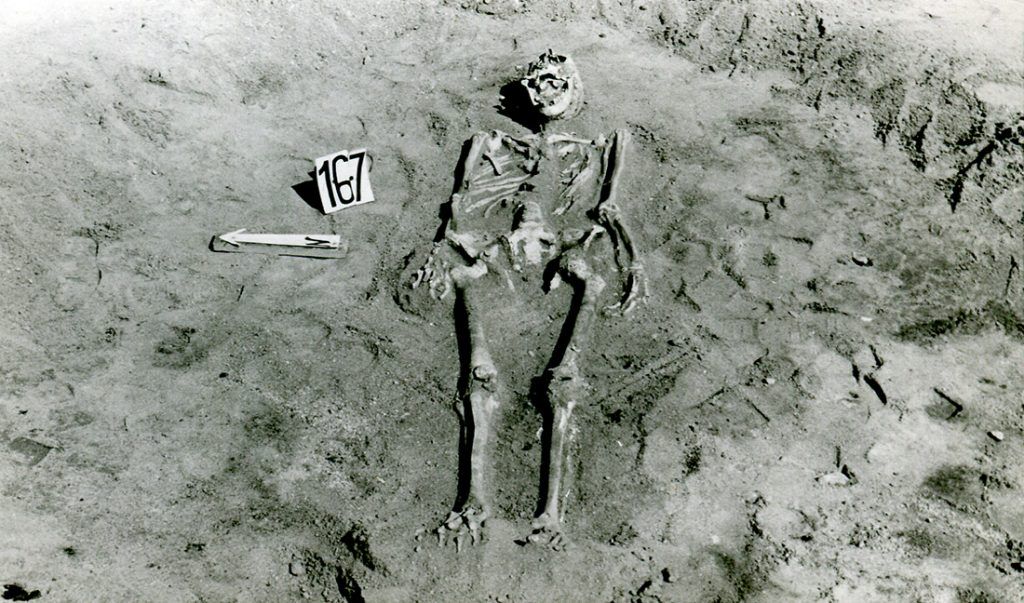
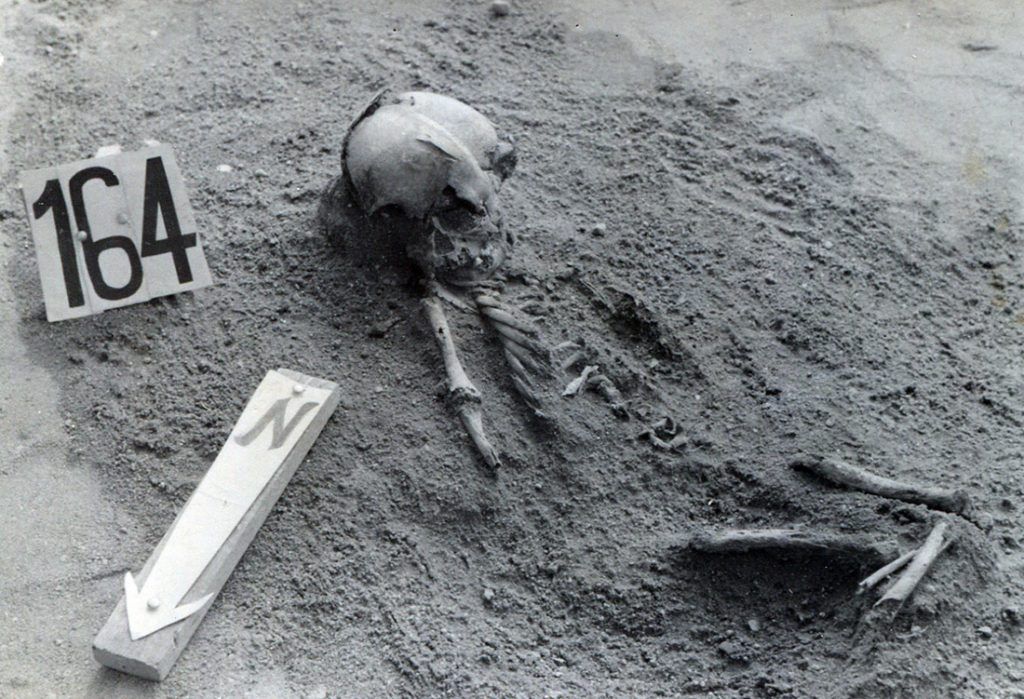
Archaeological site, located on an elevation near the "Silver Hill". Comprises a grave field dated from the 10th to the 12th century. Graves and coin treasures were first discovered here in the 19th century. So far, over 500 different graves have been found (crematory and skeleton). It is presumed that the minimum grave field area is 26 000 m2 and includes about 6500 burials.